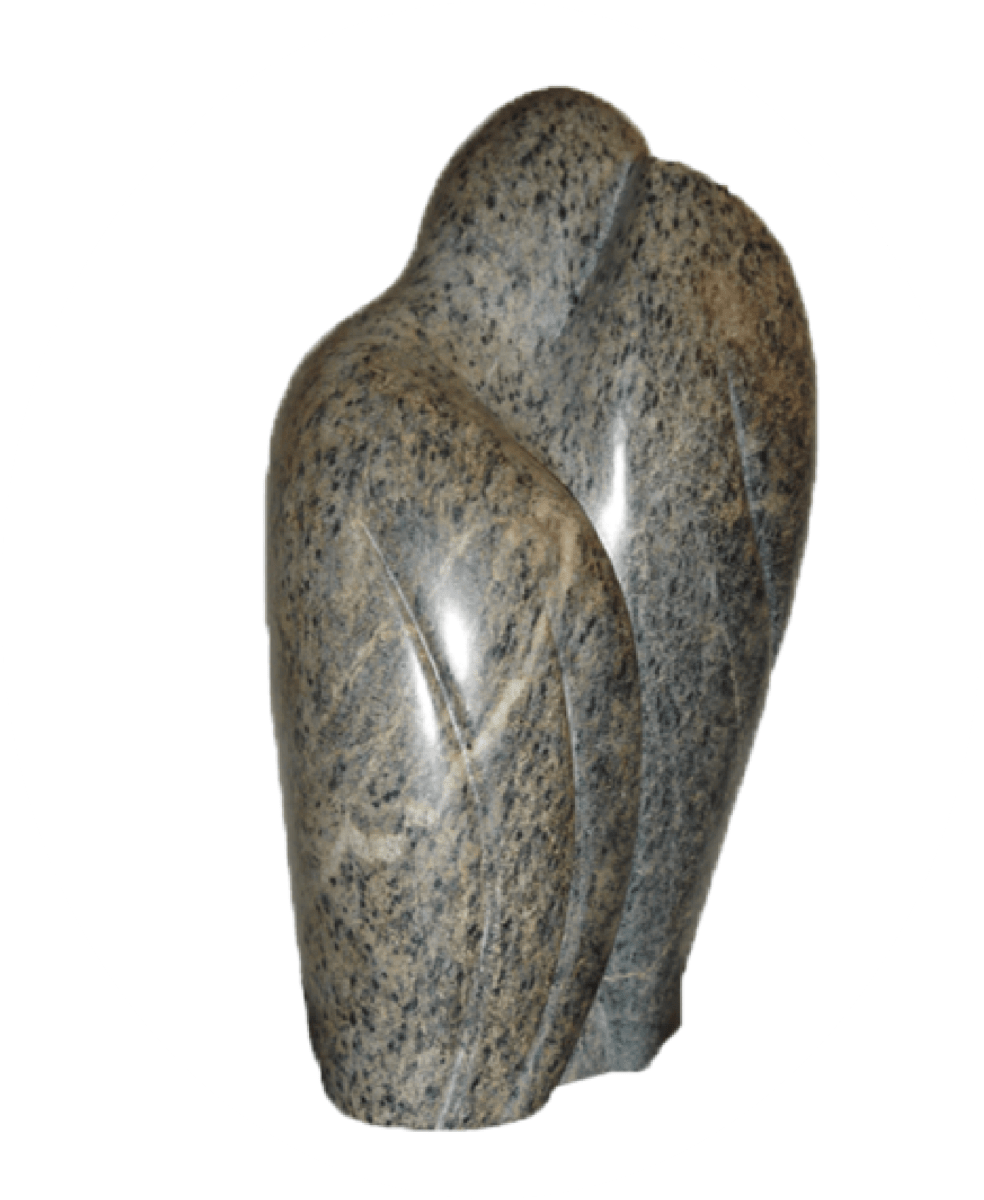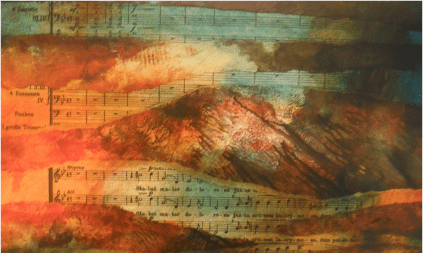Benedictus à Josepho
About the composer
Benedictus à Sancto Josepho (1643–1716), born as Josephus Henricus Buns, hailed from Geldern, near Kevelaer, was Dutch territory at the time. During his youth, he received his initial education at the Carmelite institution in Geldern. Buns professed in 1660 and, in 1666, adopted the monk-name Benedictus à Sancto Josepho. Between 1666 and 1671, he relocated to the Carmelite Monastery in Boxmeer (the Netherlands), assuming the position of sub-prior. Holding this position, he extensively journeyed to cities such as Utrecht, Scheveningen, and Antwerp, gaining profound knowledge of European musical life. By 1701, he identified himself as a composer, conductor, and organ expert.
Much of his work has been preserved: 109 religious vocal compositions encompassing motets, litanies, masses, dialogues between vocal and instrumental choirs, alongside 14 instrumental sonatas. His music aligns with the principles and style of the Venetian School prevalent at the onset of the 17th century.
During the 17th century in the Netherlands, the Protestants were dominant. Public Catholic worship faced prohibition since 1648. Catholic communities, preserving their religious music, existed around Gemert and Boxmeer, under the tolerance of the Protestants. Boxmeer even earned the moniker ‘Rome of Brabant.’
Starting from 1701, Benedictus devoted himself to studying and practicing Gregorian chants. He, along with his colleagues Cornelis Verdonck (1563-1625), Carl Rosier (1640-1725), and Herman Hollanders (1595-ca.1640), developed a distinct ‘Brabant Style.’
Benedictus à Sancto Josepho passed away on December 6th, 1716, in Boxmeer. He stood as one of the most significant composers in the latter half of the 17th century. His compositions continued to be published across Europe even after his demise.
About the Stabat Mater
| Date: | 1711 |
| Performers: | Female choir and organ |
| Length: | 6.25 minutes |
| Particulars: | Benedict's Stabat Mater stands as a wonderful exemplar of the distinctive religious music culture around 1675 in Boxmeer, known as the Brabant Style. Tineke Steenbrink (Holland Baroque) describes the uniqueness of this style: not overly dramatic or lavish, but deeply emotional and highly expressive, tinged with a subtle playfulness. Noteworthy within this style are the polyphonic arrangements of the unison Gregorian chants – a form often referred to as 'Baroque Gregorian chant,' featuring harmonies, trills, and cadences! |
| Textual variations: | All twenty stanza’s are sung. |
| Colour bar: |
|
Information about the recording
| MP3: | Recording of Benedicts Stabat Mater – March 25th 2023 |
| More info: | Tineke Steenbrink (Holland Baroque) sent us the MP3 recording of Benedict’s Stabat Mater, which was part of the Holland Baroque concert on 25-3-2023 at the Grote Kerk in Leeuwarden, the Netherlands. We would like to extend our gratitude to her for sharing the MP3 recording, drawing our attention to Benedict’s Stabat Mater, and sending a photograph of a beautiful old image of the Stabat Mater in Gregorian Chant. |
| Choir: | see soloists |
| Conductor: | Tineke Steenbrink |
| Soloists: | Hannah Morrison, Camille Allérat, Lucretia Starke, Laura Lopes and Ludmila Schwartzwalder |
| Code: |





